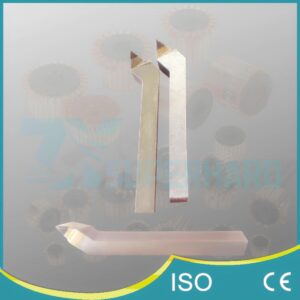-
Whatsapp: +86 13526572721
-
Email: info@zydiamondtools.com
-
Address: AUX Industrial Park, Zhengzhou City, Henan Province, China
-
Whatsapp: +86 13526572721
-
Email: info@zydiamondtools.com
-
Address: AUX Industrial Park, Zhengzhou City, Henan Province, China
Introduction Of Hard Turning
- Grinding Wheels Knowledge, Industry News, PCD & CBN Tools Knowledge
- -2022-12-27
- - byKevin Ray
- Home
- >
- Knowledge
- >
- Grinding Wheels Knowledge
- >
- Introduction Of Hard Turning
Post Categories
Product Categories
About Company
Contact Us
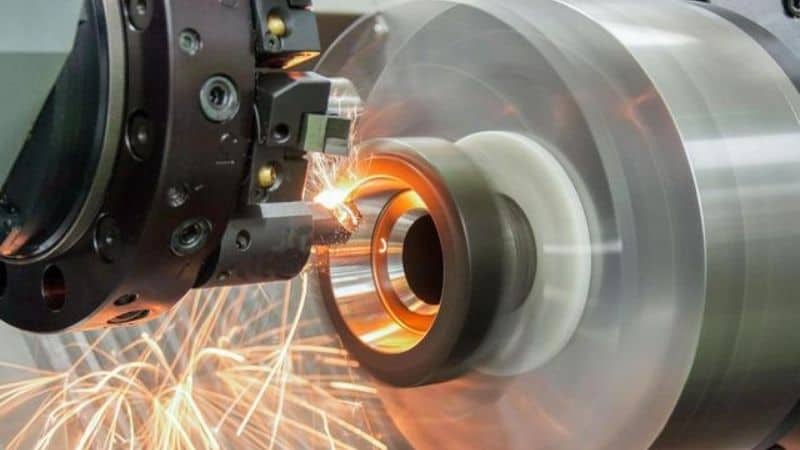
Table of Contents
Hard turning is a machining process in which a workpiece is rotated and fed against an abrasive tool. The hard turning process can be used to produce parts with tight tolerances and a smooth surface finish. Hard turning can often replace grinding operations, providing significant cost savings.
What Is Hard Turning?
Hard turning is a metalworking process used to shape and finish various materials, including stainless steel, aluminum, titanium, and other metals. It uses specifically designed tools to cut materials with very high hardness levels, such as hardened and pre-hardened steels. Hard turning is also known as “high-speed machining” because it operates at faster cutting speeds than traditional machining methods. This makes it an incredibly efficient and cost-effective way to shape hard materials.
What Is The Difference Between Hard Turning And Grinding?
Hard turning and grinding are two machining processes that involve working with metals to produce a finished product or component. Hard turning is typically used for materials that are too difficult to grind or for components with high accuracy requirements. It is also an economical process compared to grinding due to eliminating grinding wheel costs and increased productivity.
Grinding is a machining process that uses an abrasive wheel to remove material from the workpiece surface. It can be used for materials that are hard or soft and for materials of varying thicknesses. The grinding wheel is abrasive on one side and can grind precision surfaces. It is a more precise and accurate machining process than hard turning.
The main difference between hard turning and grinding is that hard turning does not use an abrasive wheel while grinding uses a rotating abrasive wheel to remove material from the workpiece. The precision of hard turning can be comparable to grinding in some situations, but it is generally less precise and more economical. In addition, hard turning requires less setup time and is more efficient than grinding for high production volumes.

What Are The Common Tools For Hard Turning?
Common tools used for hard turning include carbide inserts, ceramic cutters, CBN (Cubic Boron Nitride) tipped tools, diamond-tipped tools, and PCD (Polycrystalline Diamond) coated tools.
Carbide inserts
Carbide inserts are the most commonly used tool for hard turning because they offer excellent wear resistance, cutting accuracy, and surface finish. These inserts come in various shapes and sizes to accommodate different materials, machining parameters, and desired finishes.
Ceramic cutters
Ceramic cutters are typically used for high-volume production operations because they provide the highest cutting speed and surface finish. These cutters are especially useful when machining materials that require higher temperatures, such as titanium or stainless steel alloys. However, ceramic cutters tend to be more brittle than carbide inserts, so they require careful monitoring of the cutting parameters.
CBN (Cubic Boron Nitride) tipped tools
CBN (Cubic Boron Nitride) tipped tools are an excellent alternative to carbide inserts, especially when machining hardened steels and other materials that require higher temperatures. These tools can withstand significantly higher temperatures than standard carbide tips while providing excellent surface finish and accuracy.
Diamond-tipped tools
Diamond-tipped tools provide superior wear resistance and excellent surface finish when machining materials like hardened stainless steel alloys, bronze, and brass. These tools are usually used for high-precision operations in which accuracy is paramount.
PCD (Polycrystalline Diamond) coated tools
PCD (Polycrystalline Diamond) coated tools offer excellent wear resistance and cutting accuracy while providing a consistent surface finish across various materials. These tools are commonly used when machining steel, aluminum, and other non-ferrous materials. PCD tools can also be used for high-speed machining operations in which accuracy and surface finish is not as important.
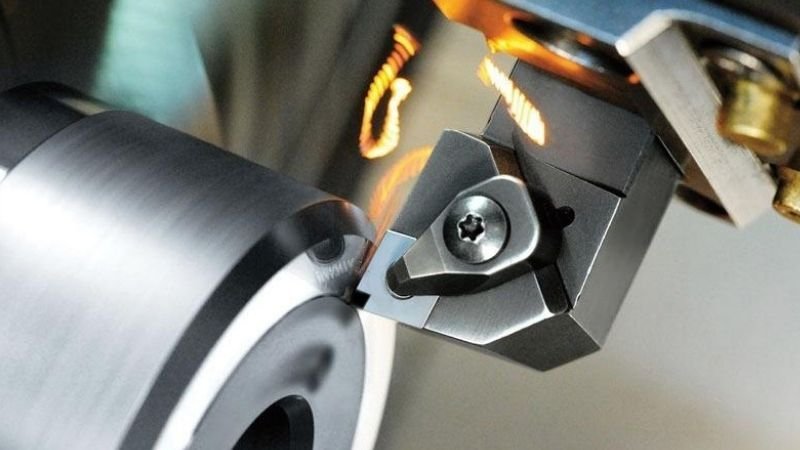
Application Of Hard Turning
Hard turning is often used in producing automotive components, machine tool cutters, turbine blades, bearings, and other precision parts. Hard turning is typically used for large batches of identical parts where dimensional accuracy and finish are important. It is also used in applications where a material’s hardness and strength make it difficult to machine using conventional methods. Hard turning can be used on a variety of materials, including stainless steel, titanium alloys, aluminum alloys, cast iron, and carbon steel.
Advantages Of Hard Turning
Hard turning has the following advantages compared to other processes:
A high degree of accuracy and repeatability
Hard turning can achieve tolerances within 0.002” (0.05mm), making it suitable for precision applications. In addition, its repeatable nature allows for consistent results when machining multiple parts at once.
Reduced setup time and costs
Since hard turning is a single-step process, it eliminates the need for secondary processes such as grinding or honing. This reduces setup time and associated costs, making it a cost-effective solution for medium to large quantities production runs.
Wide range of material compatibility
Hard turning can be used to machine various materials, including hardened steel and stainless steel alloys. This makes it an ideal choice for many machining applications that require high strength and hardness.
Reduced tool costs
Since hard turning is a single-step process, fewer tools are needed than in traditional machining processes such as milling and grinding. This reduces tool costs and decreases downtime for tool replacements, resulting in increased productivity.
Disadvantages Of Hard Turning
Hard turning can also have some disadvantages, including:
High initial investment
While hard turning is often the most cost-effective solution for larger production runs, it usually requires a higher initial investment than other machining processes due to the specialized tools and equipment needed to perform the process.
Limited range of shapes and features
Hard turning is generally limited to machining linear and round features such as straight walls, grooves, slots, holes, and threads. This makes it unsuitable for complex or irregular shapes that require more intricate processes.
Heat buildup
During hard turning, high temperatures can cause heat buildup, affecting the material’s properties and leading to tool wear. This can be minimized through proper coolant and machine setup, but it still poses a risk for materials that are sensitive to heat.
Conclusion
Hard turning is a versatile and cost-effective process that can be used to machine a wide range of materials, including hardened steel and stainless steel alloys. It offers high precision, repeatability, and reduced setup times compared to other machining processes. However, it can require higher initial investments due to the specialized tools needed for the process and limitations on the shapes and features that can be machined. With proper tool setup and maintenance, hard turning can be an effective solution for precision machining applications.
Related Posts
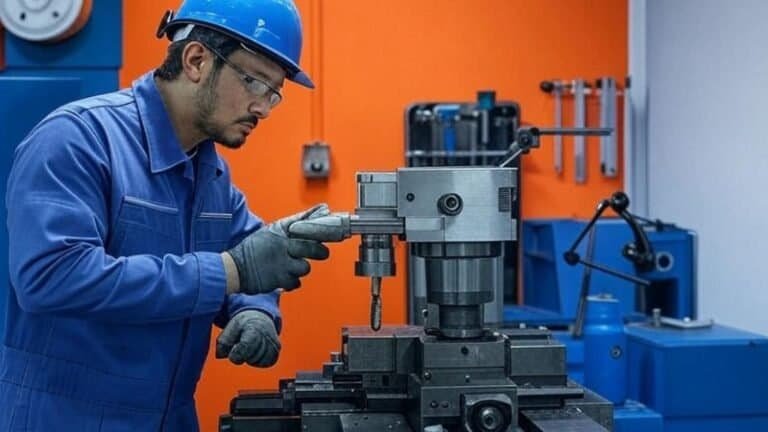
What is the Full Form of PCD Tools and Why Are They Important?
Learn about PCD tools: their full form, key features, and why they’re essential in aerospace, automotive, and woodworking. See how

PCD End Mills for Aluminum Machining: A Comprehensive Guide
For shops dealing with aluminum, PCD end mills mean less hassle and more output. They’re not cheap, but the payoff
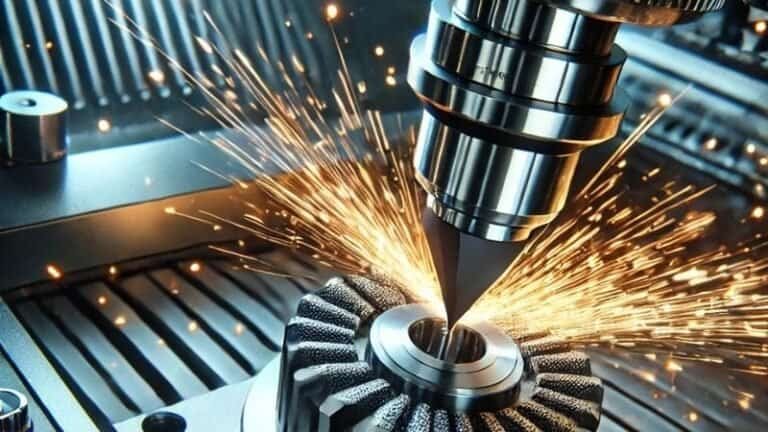
PCD Tools: The Ultimate Guide to Polycrystalline Diamond Cutting Tools
Polycrystalline Diamond (PCD) tools set the standard for advanced machining with unmatched hardness and wear resistance. Offering 2-3 times the
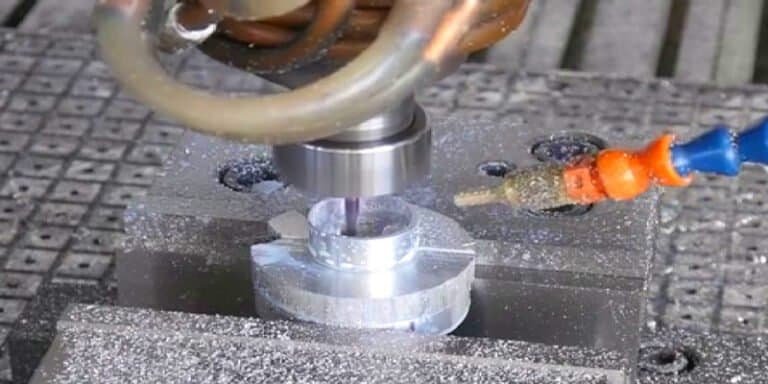
Application of PCD tools In Automobile Piston Processing
PCD tools raw materials introduction: PCD refers to the poly-crystal formed by mixing diamond powder (particle size of micron) with a small
Subscribe
Simply enter your email below and click “Subscribe” to stay connected with everything new and exciting.

